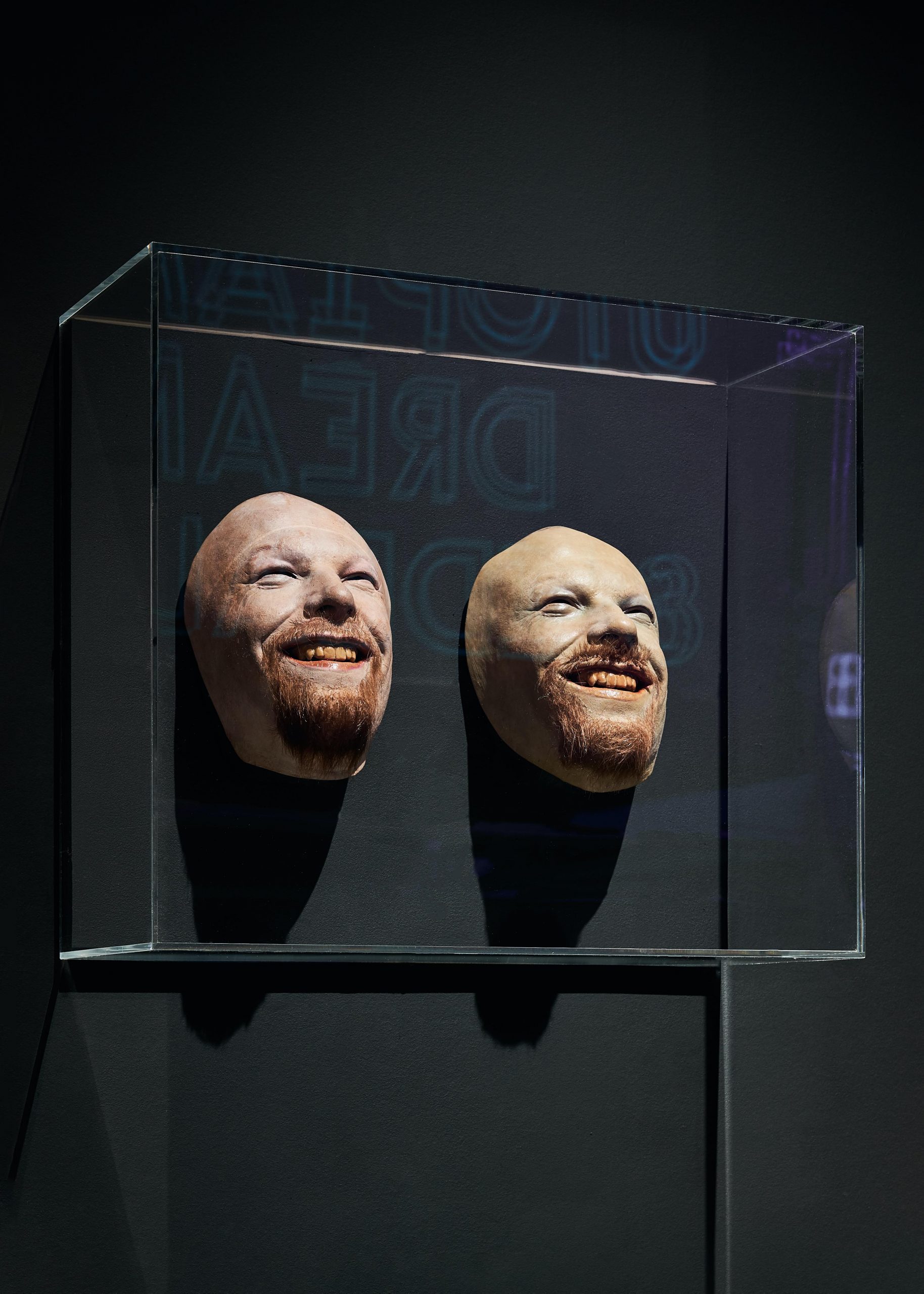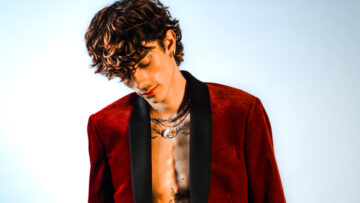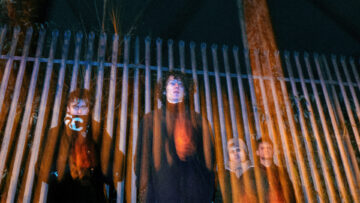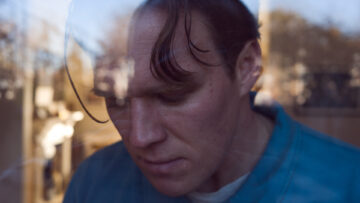

Masks for Aphex Twin video Windowlicker (1999)
I haven’t been to a rave in months. Along with millions of other skankers and selectas there’s an expanding hole within me that longs for a sweatbox and a sound system. As I took my few first steps into the Design Museum’s latest exhibit I was instantly smacked with the soundscape mix from Hacienda legend DJ Laurent Garnier.
At not one moment does this eclectic mix of thumping industrial techno to New York house escape from the exhibit walls. This was undoubtedly the closest I had been to raving in months; the exhibition was already providing some much needed (dare I say) therapy during this festival-less summer.
ArrayGot To Keep On (2019), installation by The Chemical Brothers and Smith & Lyall 04
Initially you are taken through a light history of the creation of electronic music, making it accessible for pretty much anyone, but hidden amongst this there are true relics that will get any music fan a bit flustered and sweaty underneath their mask. From Jeff Mills’ flight cases to Jeremy Deller’s disturbing Aphex Twin masks used in the ‘Come to Daddy’ music video, the visionaries of intelligent dance music are all in here.
There is a fantastic balance between installation art, graphic design and storytelling which very few mainstream exhibitions seem to get right these days. Works from Andreas Gursky, Christian Marclay and Jeremy Deller are displayed alongside classic UK rave posters proving how diverse design really is when it comes to global rave. ‘Electronic’ seamlessly transports you across an industrial Bergheim warehouse environment alongside all the AV bells and whistles you would expect.


Peter Keene, In Search of Daphne, The Oramics Machine Revisited, A Work in Continual Progress 2015-2018

Rooms focus on areas such as the golden age of techno, LGBT influence on electronic music right over to the Madchester days of the Hacienda. The fringes of electronic music are well covered as the illegal rave scene is explored in depth – the at-times dangerous and delicate nature of dance music comes across beautifully, as art and design is displayed in pretty much every contemporary format.
Real issues and sub cultures are not ignored here which makes for a heightened understanding of how and why electronic music exists – it’s not all bright yellow smiley rave faces and strobes. High profile designers Christian Marclay, Peter Saville and Raf Simmons visually display the juxtaposition between struggle and ecstasy across numerous works.
ArrayVernissage exposition “Electro”, philharmonie de Paris le 8 avril 2019
Of course ‘Electronic’ would feel pretty empty without some of the revolutionary instruments that were used to create some of the floor fillers that have spanned across 50 years. One can gaze upon the futurist design of some classic Roland synths to Nikolai Obukhov’s Croix Sonore and imagine a time before the bedroom EDM producer.
And yes, to address the elephant in the room, there is no acknowledgement of EDM in this exhibit, so don’t come into this expecting an immersive 4D Skrillex experience. The closest thing you will get to that is a flashy sensory spectacle designed by 1024 that syncs with the DJ Laurent Garnier’s booming soundscape, here lays a beautiful monument of the technological future of rave.

Vernissage exposition “Electro”, philharmonie de Paris le 8 avril 2019

Gmebaphone 2 – Christian Clozier, France, 1975, Musée de la musique Anglès
The Human body has a small electric current. You can see on an ECG that there is no separation between human and technology. For us, they belong together as unity – (Ralf Hutter, Kraftwerk)
Although there are big ticket installations such as an immersive Chemical Brother’s dance room, a 3D Kraftwerk film to Bruno Pelado’s rotating disco ball – it’s the smaller details that really make you appreciate this everlasting bond between people, art and music.
For example an exploration into the artwork behind some of the UK’s underground record labels such as Goldie’s Metalheadz and Kode 9’s Hyperdub. For music that was so deeply set in the UK underground design was clearly never stuck on the side lines, from Burials ‘sad face’ Untrue album cover to original Hacienda flyers there are endless offerings to every era of rave culture.
ArrayAlthough the curation cannot be faulted it’s hard not to notice the endless Chemical Brothers plugs, even when it comes to the title of the exhibit. Admittedly the Chemical Brothers immersive installation ‘Got to keep on’ (2019) created in partnership with audio visual artists Smith and Lyall is a bit of fun, it does slightly distract you from the humble beginnings of the culture.
Now finally open to the general public Electronic: From Kraftwork to The Chemical Brothers stylishly navigates you through the evolution of Electronic music without compromise. You leave the exhibit with an instantaneous desire to hit the club, but with little chance of that happening during a global pandemic this most certainly does the job for now.




